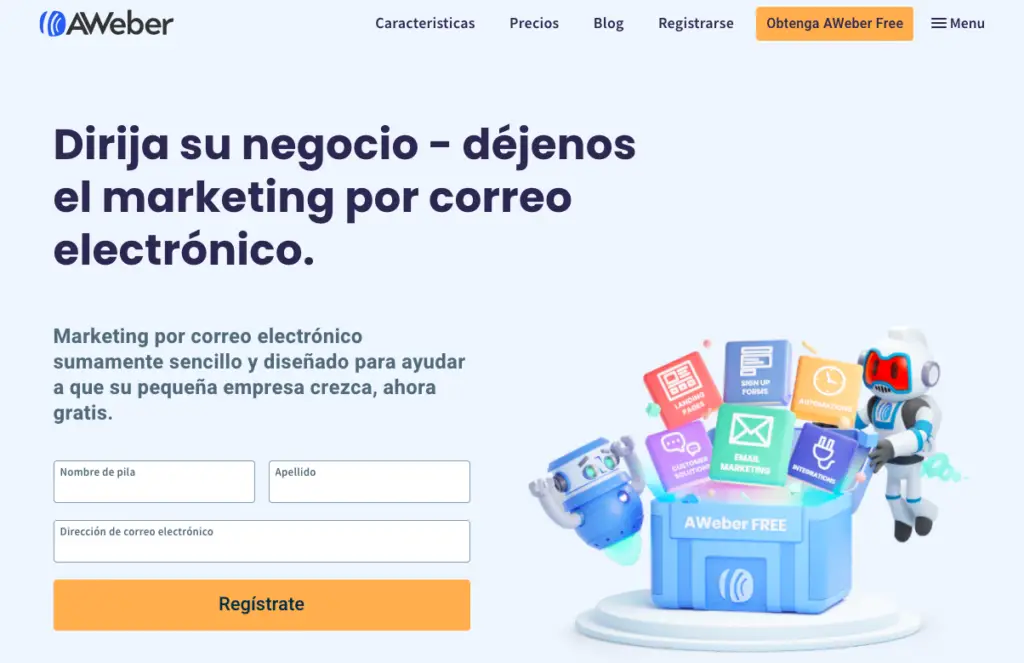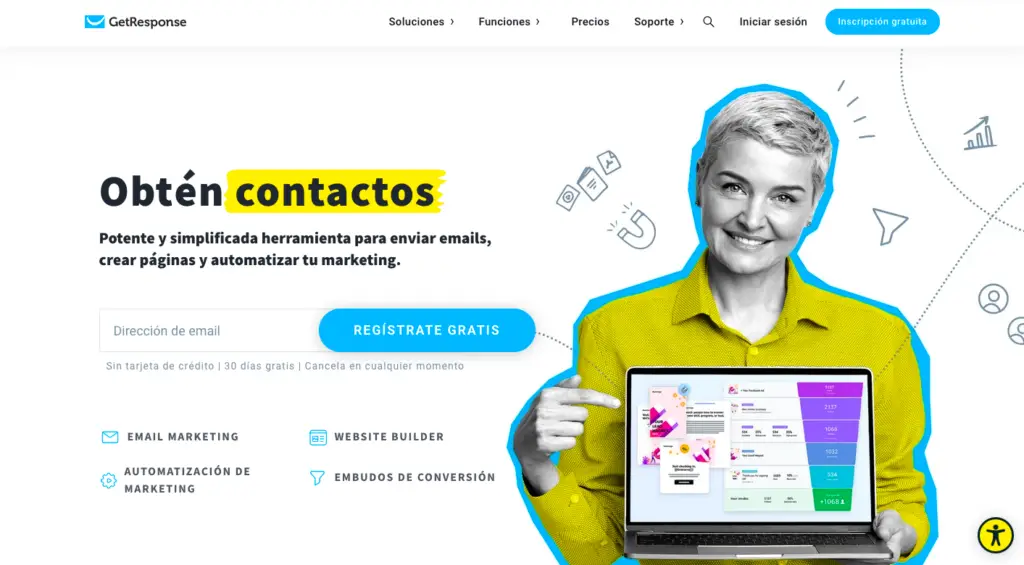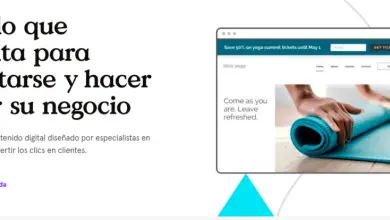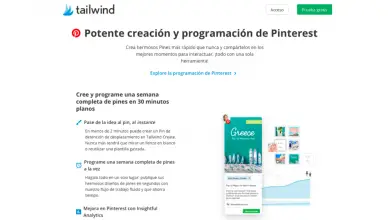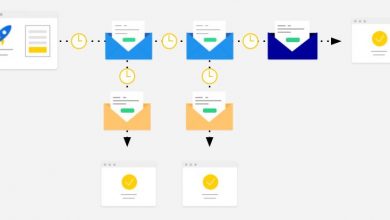How to create a mailing list
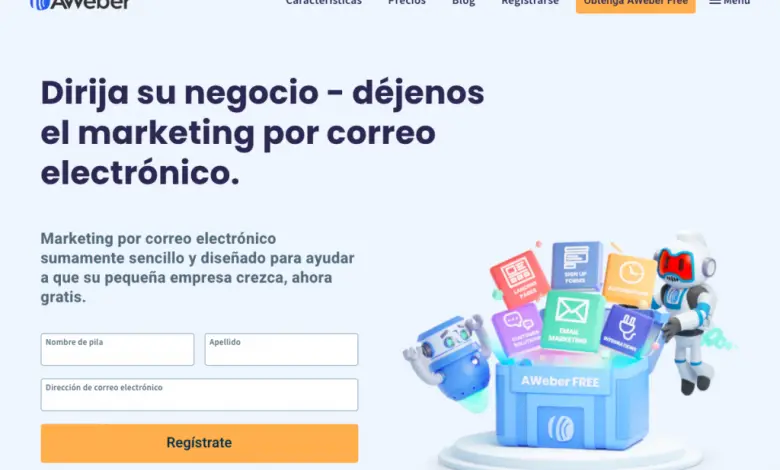
In this article you will learn to create a mailing list marketing and 2 of the best email marketing providers.
When it comes to marketing your products and / or services, email marketing ( email marketing) is undoubtedly the most effective way to grow your business.
There's no getting around this, you need a mailing list and a newsletter that you send out to your subscribers on a regular basis. Plus other things I'll talk about next.
The good news is that with the help of this step-by-step guide, you'll be ready to build a mailing list in no time, have a welcome message set up, and even know a few more advanced things to help you stand out. . of your competition.
Let's start!
Step 1: Choose your email marketing provider
If you want to send emails as a business and not to your best friend or sister, you must use a provider of email marketing.
Don't just use your Gmail account to send emails to your audience. Not only will you be breaking email marketing laws (yes, they exist), you also won't have a real way to grow your list because people can't sign up.
There are many options available to create a list of broadcast in what concerns email marketing platforms, but the ones I recommend are GetResponse et AWeber.
AWeber is free up to 500 subscribers and it's great when you are just starting out ...
But when you're serious about growing your list (which it should be) and your marketing strategy by e - mail, I highly recommend GetResponse because it has so many other options for growing your list while still being intuitive and easy to use.
What features does GetResponse include?
Here are a few reasons why I like GetResponse:
- The platform is well designed and extremely easy to use and works in Spanish.
- It comes with powerful tagging and targeting features.
- Their customer service team is very helpful and available in Spanish.
- It includes additional features for your digital marketing campaigns, Such as landing pages from creators , creators of funnels de Selling , webinars, A / B tests, workflows, etc.
- Finally, emails are delivered reliably (which you would expect, but not always with other providers).
GetResponse pricing starts at $ 15 per month and offers a free trial of 30 days!
Step 2: Set up your email marketing account
Register with your chosen email marketing provider and set it up ...
Step 3: Create a subscription form for your website
Next, you need people to be able to sign up for your list through your website. GetResponse and AWeber have forms that you set up and then simply add to your WordPress website.
Here is an example:

The image shows a sample sign-up form on Miles Beckler's website, which gives you a crash course in affiliate marketing in exchange for joining their contact list.
On your form, describe in a few words what people can expect when they sign up. Make it attractive and fun. Whatever you do, don't just say “Sign up for my newsletter”.
Step 4: Write your first newsletter
Before you start sending random notes or yelling at things that you want to promote to your followers, think about how you can serve them better.
You have a great opportunity, if not a responsibility, to deliver value to your subscribers.
When someone basically says, "Hey, I like your content enough to give you my email address," you need to offer them whatever you can to make sure they progress, stay informed, or have fun. (or all of the above!).
But how do you do that? ...
I like to start by subscribing to newsletters from people I admire. They don't have to be all in the same business as you, some digital marketers in line like Miles Beckler are also worth signing up.
Start analyzing your emails. What do you like, what bothers you? This will help you find your voice and the structure of your content.
Here are some things to consider before writing your newsletter ( newsletter):
How often will you send it?
I think quality is more important than quantity. If you don't have anything interesting to share or if you don't feel inspired, don't force yourself to send something. Your subscribers will notice it!
At the same time, if you wait too long between emails, your subscribers might forget about you (who the hell is sending this to me?).
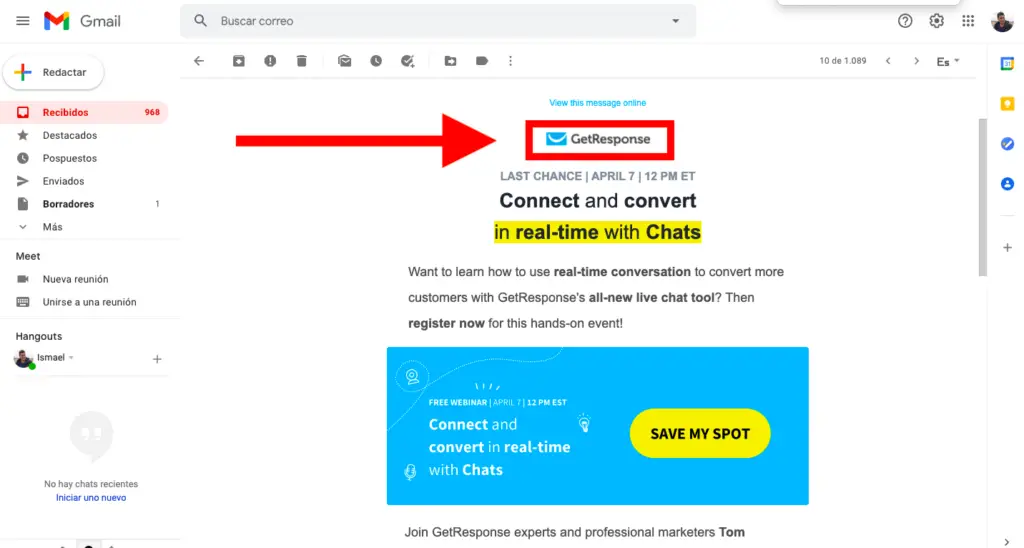
This image shows a sample newsletter I received from the GetResponse team. They regularly contact their contact list to offer: gifts, news, updates, etc.
I think a weekly newsletter is great if you produce new content every week otherwise once a month works well too.
What do you want to put in your newsletter?
It's good to have a little structure so your followers know what to expect ...
For example, you can start your newsletter by sharing a story or personal information. People want to know what's going on in your life. So you want to offer them some value, like a discount or a link to your new video on your Youtube channel.
Add a little more value by sharing things like your favorite podcast, blog posts, or books.
Write as if you were talking to a friend
When we read conversational content, we instantly feel a connection with the writer. We feel that we are getting to know him.
This is your goal. But how is this done in practice? ...
Writing in a conversational way doesn't mean that you actually write while speaking (for me, those would be bland words, grammatical mistakes and unfinished sentences…). Instead, edit your text so that it doesn't look like handwriting, and don't forget to add a touch of your personality.
In a world of endless pixels and insane tastes, we yearn for human connections and voices that resonate with us. Try to be yourself and write like you are having a nice conversation with your best friend.
Close with a call to action
What do you want your readers to do next? Register for your next workshop? Comment on your last blog post? Join your Facebook group? ...
Step 5: Create a welcome message
Your welcome message is the first email your new subscribers will automatically receive after signing up to your list and confirming their subscription.
Here, first impressions absolutely count. That is why you should put effort into your welcome message.

The image shows a sample welcome email when you subscribe to the Food52 mailing list, a great cooking recipe blog.
In your post, acknowledge how grateful you are to the people who really took the time to sign up for your list. Then start by saying “Thank you”. You can also give a special gift like a discount in your store or at the next training etc.
Then tell your new subscribers what they can expect from you now that they're on your list ...
Weekly updates? Funny things? Invitations to the next workshops? Exclusive offers? You want them to be excited to be on your mailing list.
Finally, don't forget to include a photo of yourself to make your post even more personal.
Step 6: Design a gift
People love to receive gifts. Giving someone an unexpected gift is one of the fastest ways to bond with that person. And when does that gift you give to someone who subscribes to your mailing list turns out to be totally awesome, beautiful, inspiring, or useful? ...
Great things are happening and a great connection is made!
The image shows an example of a perfect gift to get people to join your list. In this case, the giveaway is a free SEO guide.
Here are some common types of voluntary membership donations:
- Workbooks.
- Checklists.
- Cheat sheets.
- Instructional videos.
- Free courses.
- Electronic books.
- Discount codes.
- Guides in PDF.
The point is to be generous while showing people how smart and wonderful you are, not just “building a bigger mailing list” for the fun of it.
If you're feeling a little confused and unsure what type of gift would be ideal for your customers, here's a great question for yourself:
What's the most important thing my clients struggle with? And what's one gift that could help you with… that?
This is probably not the complete solution; Sure, you should encourage your subscribers to check out your content for additional support, but it could be a good start.
The key is to find a topic and format that your followers resonate with and are happy to provide their email addresses with.
Step 7: Create a landing page
When you have your awesome giveaway, you'll want to promote it and show it to as many people as possible. But if it's hidden somewhere on your homepage, not everyone will find it and people will be distracted by everything else.
This is where a landing page comes in. On your landing page, showcase your giveaway, tell people what they're getting, and give them the option to sign up. Nothing more!
Then share the link to this page as much as possible, for example place it on your Instagram profile, post it on Pinterest and Facebook groups.
Here's an example landing page:
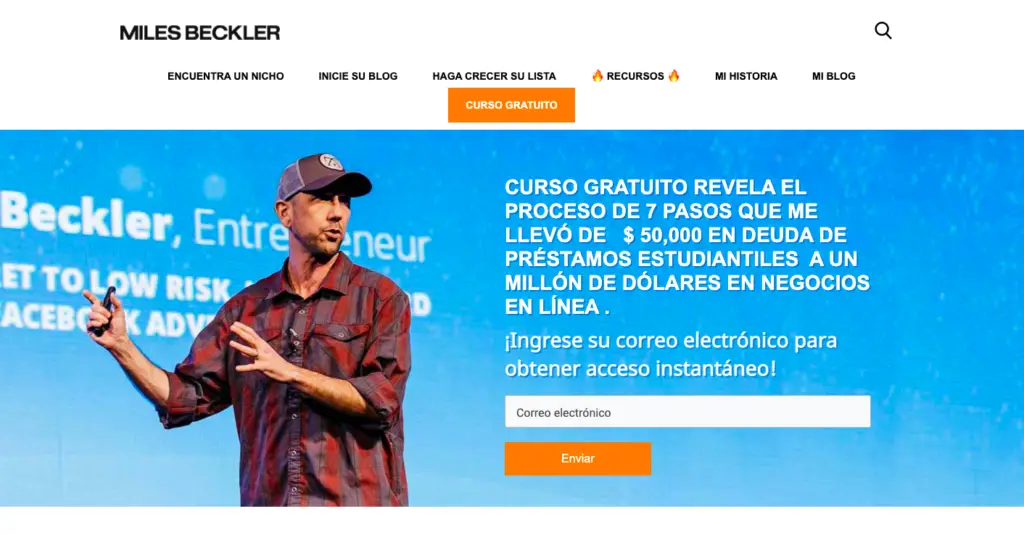
This image shows a landing page of successful entrepreneur Miles Beckler promoting a giveaway for you to join his mailing list. The gift in this case is a free course.
The aforementioned GetResponse and AWeber include a landing page builder, so you can rest easy when using any of these platforms. GetResponse's landing page editor is superior to AWeber's (something to consider).
Recommended reading: 5 tools to create landing pages.
Step 8: Drive web traffic to your landing page
Now that you've created your email list, awesome giveaway, and landing page, it's time to show it off to the public!
There are a million ways to promote your giveaway, but here are a few of my favorites:
- Social media posts.
- Stories on social networks.
- Blog articles.
- Sidebar of your website.
- Facebook groups.
- Forums or other places where your readers hang out.
- Guest posts on other websites.
- As a short summary or “PD” in the signature field of your emails, below your name and contact details.
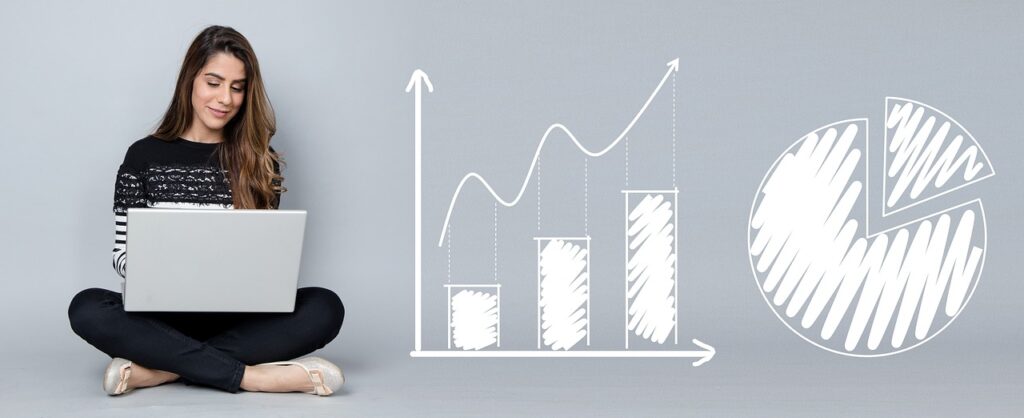
The worst thing you can do is spend days creating the giveaway and not spending enough time promoting it.
Recommended reading: How To Generate Free Web Traffic.
Step 9: Create a content plan
Having a plan is the key to consistency. First, brainstorm the topics and research upcoming events that you want to promote.
Then plan your newsletters for the next two or three months to find out about any upcoming events or updates or promotions that you can include in your emails.

This strategy will avoid any last minute disaster, you will be able to carry out your email newsletters in a comfortable way and avoid sending random and unstructured emails.
Step 10: Test, Test, Test
It is very important to take the time to thoroughly test each email before sending it. Read it at least twice and check all the links.
Then you should try different options to improve your performance, such as:
- What day of the week generates the highest open rates?
- Should you use a different name in the "From" field?
- Which subject lines are the most effective?
Testing everything is the secret of successful salespeople. How else will you know if what you are doing is working?
Conclusion
Building an email list can take a little time and effort, but it's worth it if you really want to grow your business.
When you start to gain a loyal following who really want to receive your emails because your content adds value to their lives, that's something really exciting.

